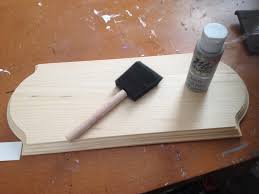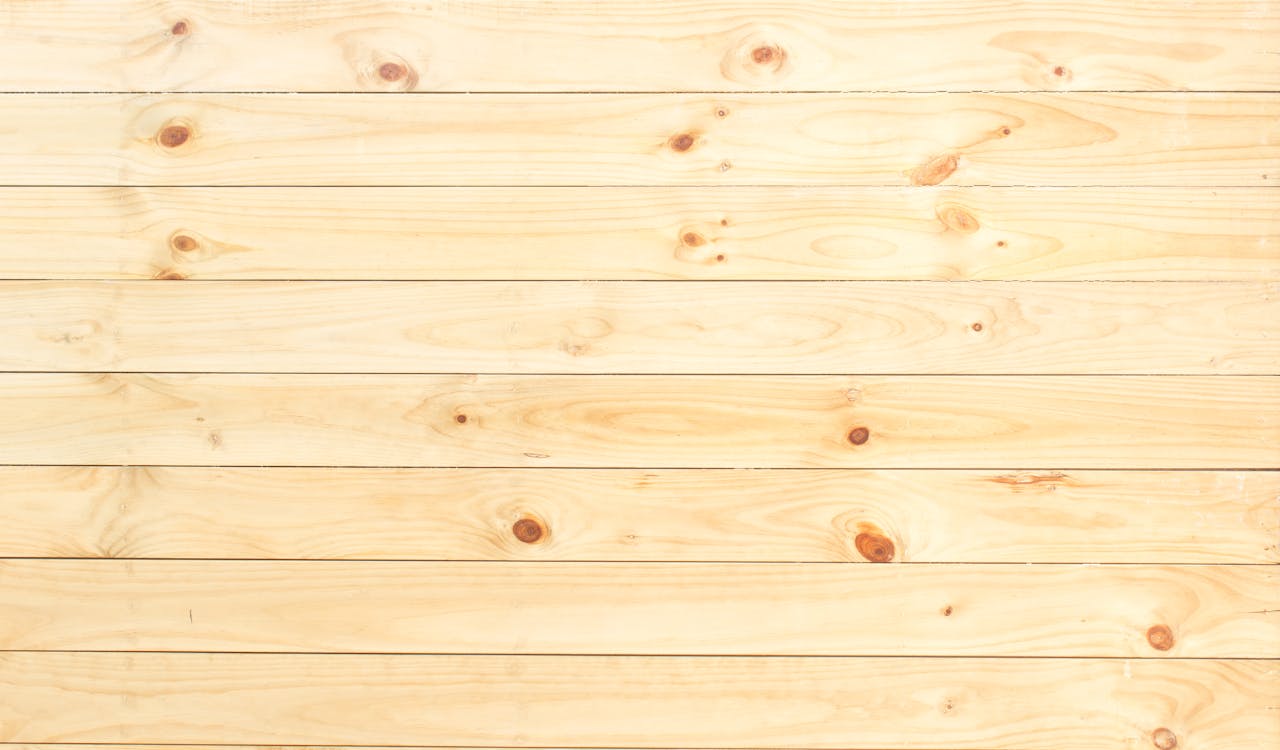Sealing Wood with Epoxy
Sealing wood with epoxy represents a revolutionary approach, offering a robust, waterproof barrier that not only preserves but also enhances the natural beauty of the wood. This method, favored by both novices and seasoned professionals, combines durability with aesthetics, providing a glass-like coat that is both visually stunning and highly resistant to wear and tear. … Read more

